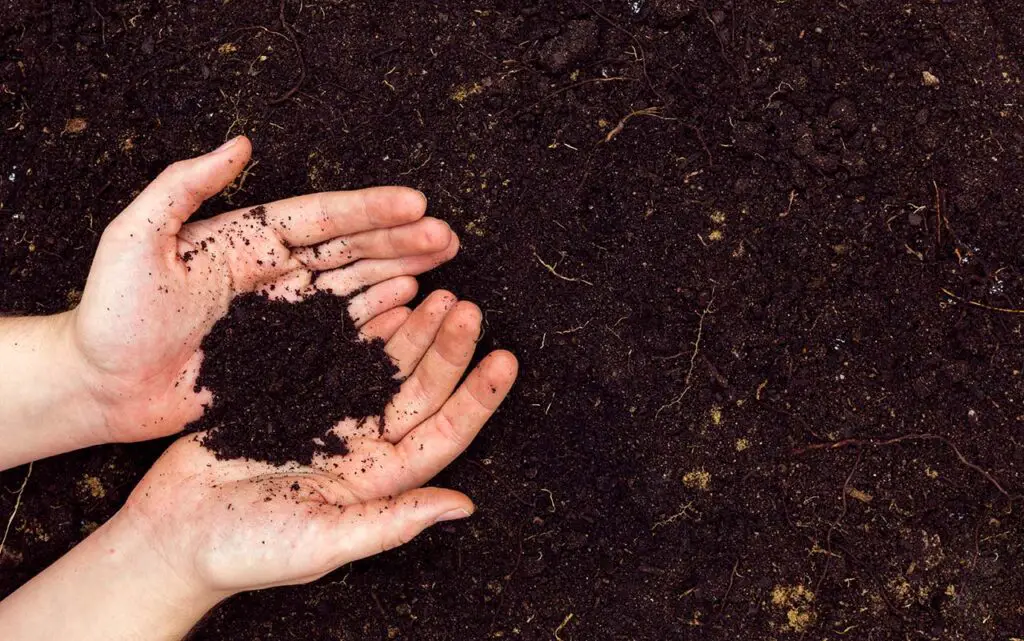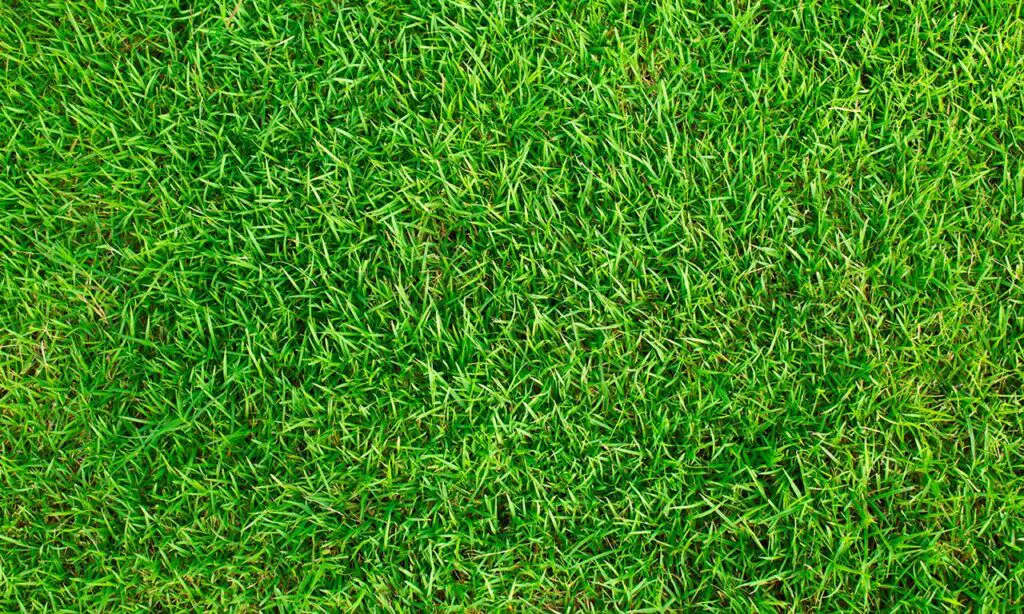Should You Use 19-19-19 Fertilizer for Lawns?
Fertilizer is a critically important part of your lawn care and must be carefully chosen and applied to ensure that you get the best grass.
Unfortunately, it can be hard to understand different types of fertilizers and the benefits that they provide.
For example, a 19-19-19 fertilizer is a standard option for many yards.
But what exactly is this fertilizer, and what benefits does it provide you?
Understanding this fact will help to ensure that you get the best lawn possible for your needs.
Just as significantly, it will cut down on other potential problems that may plague your yard, such as a poor nutrient balance with its overall structure.

Defining 19-19-19 Fertilizer
Fertilizer typically consists of three different types of nutrients, among many other elements, that help to improve your lawn health.
These include nitrogen, phosphorous, and potassium.
Each of these nutrients provides unique benefits (that we’ll discuss a little later in a more detailed section) and are balanced within your fertilizer in different ways.
This balance offers other purposes for your garden or lawn.
So, what exactly does 19-19-19 or triple 19 fertilizer contain?
It consists of 19% nitrogen, 19% phosphorous, and 19% potassium.
It is specifically designed to be the most balanced type on the market and provides many unique benefits.
In a sense, it is something like the middle ground for fertilizing: it gives a good blend of different nutrients without focusing too much on any.

This lack of specialization often makes this one of the cheaper options on the market, as other types may go for much more money.
When considering this type of fertilizer, it is essential to know that it has a 1:1:1 ratio among its ingredients.
This measurement is simple to understand for 19-19-19 but may be harder for options like 20-10-10, which has a balance of 2:1:1.
Math aside, is this type of fertilizer suitable for a lawn, or should other types be chosen over it?
That all depends on many different factors.
Some may claim that this is a sub-optimal fertilizer, meaning that it doesn’t produce the benefits that you want for certain growing situations.
Others might argue it is best used for specific types of growing scenarios or replace more specialized options.
So before you make any purchasing decisions, it is essential to know what growing scenarios are best served by 19-19-19 fertilizer and which are not.
You also need to understand how the various nutrients in the fertilizer help your lawn and why an even balance may or may not be ideal for you.
Ensure to read through all of this content to give yourself the best idea of which option to pick.
How 19-19-19 Fertilizer May Help a Lawn Fully Thrive
Most lawn care professionals are likely to tell you that 19-19-19 fertilizer should be used chiefly for fruits, vegetables, and flowers, rather than grass.
Though any fertilizer is better than none, more specialized options are probably better for most homeowners.
And this judgment is the result of the equal balance of the fertilizer itself, as lawns may need more specific types of nutrients.

Technically, 19-19-19 is what fertilizing experts call an NPK number.
This acronym uses the scientific term to define each nutrient (hence the “K” for potassium) and gives you an idea of what fertilizer will do for your lawn.
Understanding these varying nutrient levels is critical because it can help ensure that you always pick the best fertilizer.
These nutrients and their many benefits include:
- Nitrogen – This nutrient helps to promote grass blade growth and is vital for lawns. It may not be as crucial for fruit or vegetable growth.
- Phosphorous – Strong roots help plants and grass thrive, and phosphorous provides stronger roots that help to make your lawn healthier.
- Potassium – Resisting disease is critical for a healthy lawn, and potassium helps a yard stay strong and secure against various destructive illnesses.
While this balance may seem suitable for your grass, you usually want a fertilizer with a higher nitrogen content for your lawn.
This is because grasses are not quite the same as vegetables, fruits, and flowers and usually have a slightly different nutrient need.
For example, phosphorous is primarily useful when your lawn is very new and decreases in benefit as it ages.
And most lawns need very little potassium to thrive.
Most lawn care specialists will tell you that you’ll want a fertilizer with an NPK number that is almost totally nitrogen.
It isn’t uncommon for fertilizers like 32-0-4 or even 40-0-0 to be used on grass.
They are designed specifically for turfgrass promotion and will create the lush and beautiful style that you want and deserve for your lawn and home.
When You Should Decide to Move on to Other Fertilizers
While a good 19-19-19 fertilizer won’t hurt your lawn and will be beneficial for its early development, you can switch to more focused high-nitrogen fertilizers after you’ve moved your yard at least three or four times.
At this point, you’ll need your nitrogen level to be as high as possible, your phosphorous level low or non-existent, and your potassium less than half of your nitrogen.
This content will vary based on your geographical location.
For example, cool-temperature grass may do best with a 32-0-4 fertilizer because of the unique challenges of this location.
On the other hand, high-temperature grasses may need 34-4-10 because the potassium helps to combat drought conditions.
And while potassium also helps with cold resistance, it does so in smaller doses.
Making a Tough Choice
While you’re not damaging your grass if you use a 19-19-19 fertilizer, you’re also not giving it the best possible dosage of nitrogen.
However, you might save yourself money by buying this less-specialized option.
In the end, the choice should depend on how much money you want to spend versus the importance of your lawn appearance.
Balance these needs, and you should be all set choosing the best fertilizer for your needs.